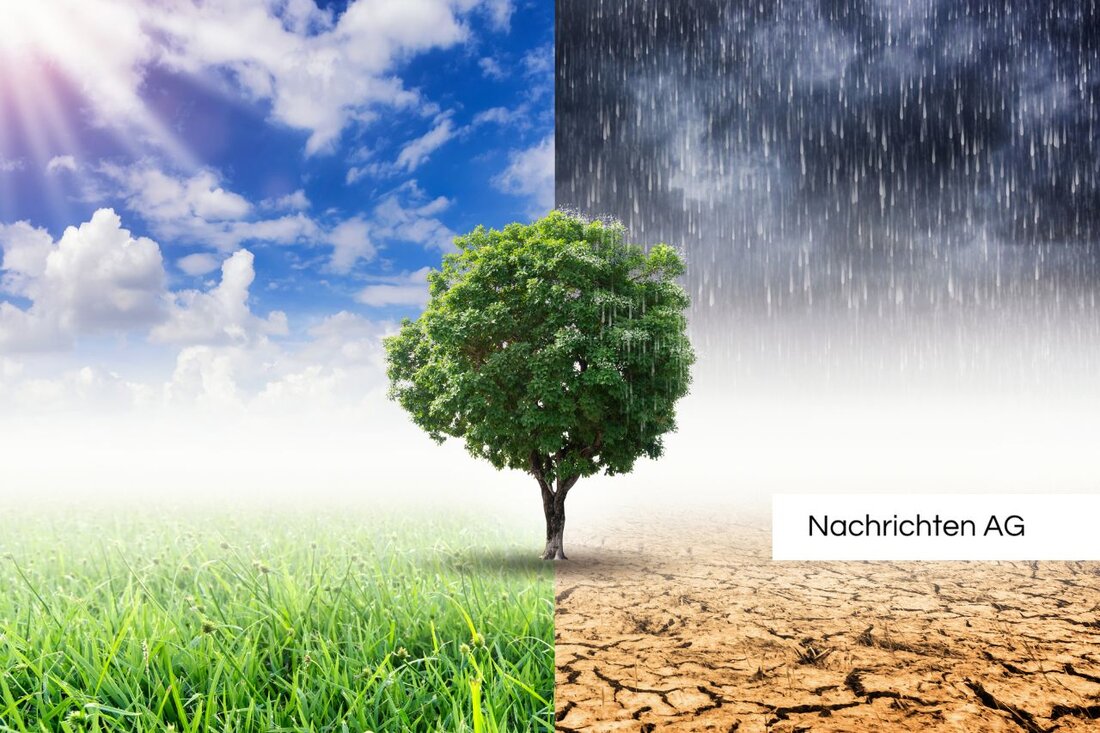Landkreis Oberspreewald-Lausitz: Strict water withdrawal bans from today

Landkreis Oberspreewald-Lausitz: Strict water withdrawal bans from today
in the district of Oberspreewald-Lausitz, which has increasingly suffer from water in the past few weeks, the water withdrawal from above-ground waters is now being restricted. This measure applies to the Spree and the Black Elster and, today, on June 20, 2025. A ban on using pumps, such as electric garden pumps and diving pumps, is connected. Only the abandoning with a watering can remains allowed, but only in moderation and careful. This decision is intended to counteract the falling water levels, which is due to persistently low rainfall in recent months. According to [ZEIT] (https://www.zeit.de/news/2025-06/20/landkreis-schraenkt-wasser, the soils are currently extremely dry due to the low rains, and the winted songs are not enough to keep the water balance stable in summer.
Especially the region around the Spree suffers from these drought, whereby the water level continues to drop. The general declarations to restrict the water withdrawal have already been implemented in the districts of Dahme-Spreewald and Spree-Neisse, which shows that the problem is far-reaching. While the decision in Oberspreewald-Lausitz initially applies without a defined end date, we can be excited to see how the Situation will develop in the coming weeks.
drought in the whole country
The German Weather Service (DWD) documents an alarming development: From February to April 2025, Germany experienced the driest period since 1931. With only 21% of the precipitation compared to the reference time from 1991 to 2020, the sixth dry March since 1881. [Federal Environment Agency] (https://www.umweltbundamt.de/themen/wasser/extremereißnisseklimawandel/trocktheit-in-Deutschland-fragen-wertwerungen.
The situation is particularly precarious in the north and northeast of Germany. Only 9 l/m² of precipitation were measured there in March. A look at the DWD soil moisture also shows that in most regions of Germany the top floor suffers from drought stress, which also contains the water supply. As a result, the effects on agriculture, water availability and ecosystems should not be underestimated.
assessment of water availability
the fact is that German cities and municipalities do not suffer from a lack of water. However, there are regional differences that can lead to acute bottlenecks. In almost half of the groundwater measuring points in Germany, the water level has fallen to the lowest level since 1990. Germany loses around 2.5 cubic kilometers of freshwater annually, and the climatic changes that are reinforced by the climate crisis increasingly tighten the situation. An even shortage of water in the future is no longer up for debate, it is already a reality, as ZDF.
The national water strategy of the Federal Ministry of the Environment aims to ensure that the water supply in Germany sustainably secured the water supply in Germany by 2030. In addition, adaptation strategies to climate change and drought are in progress. It is recommended to promote water retention and sustainable methods in agriculture. Citizens are asked to handle water carefully and, for example, to follow tips on garden irrigation to contribute to part of the solution.
| Details | |
|---|---|
| Ort | Elbe-Elster, Deutschland |
| Quellen | |
